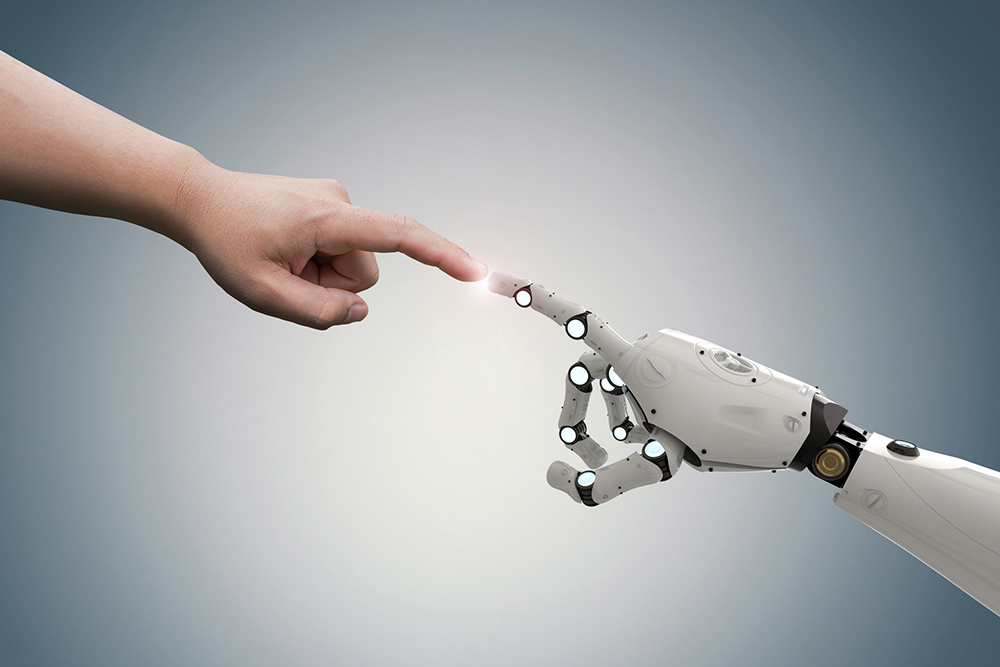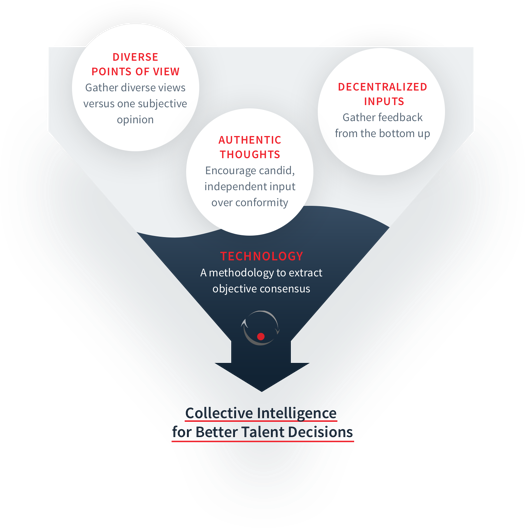Artificial intelligence (AI) is being used to find candidates on the Internet, to conduct screenings and assessments, to engage with them via social media and e-mail, to provide scheduling for interviews, to conduct background screening, to help generate offers, and much more.
As more data accumulate, the accuracy of AI’s predictions increases. How much should we rely on these results to make decisions about candidates? Is it better to use human judgment, as we always have, or is some combination of each the best?
What Is AI?
AI is the process of using a computer to do things normally done by a human. AI is used by GPS systems that guide us to our destinations, by a computer playing chess against a human, or by a computer program that advises us which candidate is the best fit.
For example, AI can look through a LinkedIn profile and extract data to determine a candidate’s skills and experience. Natural language processing has come a long way in the past few years, and computers have more power than ever to find, extract, and make sense of the unstructured data it finds on the Internet. These data, both structured and unstructured, are known as big data.
These actions are done with the use of algorithms, which are capable of learning either by themselves or with the initial help of humans, using big data through the process known as machine learning.
Supervised machine learning takes place when a human provides the data; for example, the computer is told that a picture is of a cat. After that, the human may show the computer thousands or millions of images of all types of cats in different situations. Eventually, the program will be asked to look at pictures of many different animals and pick out the cats.
A human will correct any errors that the computer might make, and over time, the algorithm will learn and continue to choose only cats until it has a nearly perfect ability to pick out a cat, even when another animal might look similar.
Learner algorithms only need humans to provide access to data and indicate the desired results. From that point, the learner algorithm will use big data and pattern recognition ability to produce an algorithm that achieves the desired goal—no human coding required. The more data they have to work with, the better the results.
What Is Collective Intelligence?
Collective intelligence is defined in Wikipedia as the “shared or group intelligence that emerges from the collaboration, collective efforts, and competition of many individuals and appears in consensus decision making.”
Making decisions about people is difficult. People are complex, often act in unpredictable ways, and perform differently depending on the context of the work and the nature of their work group and leader.
One individual observing or even working with another has a limited perspective on his or her coworker’s behavior, personality, and quality of work done. This is the reason it is important to gather input about people from a variety of sources and at different times.
The accuracy of an appraisal improves as we add more observations, get a picture of candidates in different circumstances, and solicit input from diverse people who have interacted with them and are free of any social pressure to have authentic judgment.
A Dual Approach Is the Best Approach
Can collective human intelligence provide more accurate answers or make less biased choices than AI, which lacks rich feedback loops? Should we rely only on human decision-making, or should we combine both human and machine insights?
Algorithms can assess factual data such as skills, experience, and analytical ability, but they are poor at understanding whether a person has integrity, exercises good judgment, or shows creativity. They learn from existing data, and because humans are biased, the data are also often biased.
Collective intelligence, however, reduces bias. While an individual might be prejudiced against someone or biased about his or her performance, it is less likely that a group of people would all have the same biases. Multiple inputs enrich and expand the limited data one individual may have or that an algorithm can find in a social media profile. Soliciting diverse viewpoints from many individuals lessens the impact of any one person’s biases or prejudices, as other biases will cancel each other.
Personality profiling and skills assessment provide only a bit of insight into how well candidates will perform. Algorithms find it hard to judge a person’s comfort with teams, whether he or she is willing to share ideas, or if he or she makes good decisions. Soliciting the collective observations of colleagues and teammates is invaluable in assessing the person’s empathy, creativity, and ability to make sound decisions.
Digital tools are designed to provide a more in-depth assessment of a person’s background, personality, integrity, and ability than any automated tools. By soliciting a wide range of thoughts and observations, a recruiter has more information about the context or situations the candidate has encountered and how he or she responded to issues and solved problems.
The insights of colleagues, combined with AI analysis, provide a rich and more detailed appraisal of a person than a simple scan on social media or a personality test based on minimal data can.
Finding the right talent is critical for success, but it’s challenging, to say the least, and hiring the wrong person can be costly. Innovations in AI can improve talent acquisition efficiency and effectiveness.
However, collective intelligence is essential to augmenting the analytical power of AI. Either one acting alone is less accurate and less predictive than when combined. It is a mistake to believe that AI can replace human judgment at this stage of development.
At best, the results of an AI analysis can provide some guidance and offer areas where a recruiter needs to probe more deeply or learn more about the situation involved. Humans can look at the context of a situation, assess the individual in that context, and apply the filters of experience to their recommendation. We should always choose to use both AI and collective human intelligence when assessing candidates.
 Yves Lermusi is CEO and Cofounder of Checkster, a software company powering talent decisions of organizations and providers of staffing and HR services. He is the former President of Taleo Research. To learn more about collective intelligence and AI in the recruiting process, visit Checkster. Yves Lermusi is CEO and Cofounder of Checkster, a software company powering talent decisions of organizations and providers of staffing and HR services. He is the former President of Taleo Research. To learn more about collective intelligence and AI in the recruiting process, visit Checkster.
|


